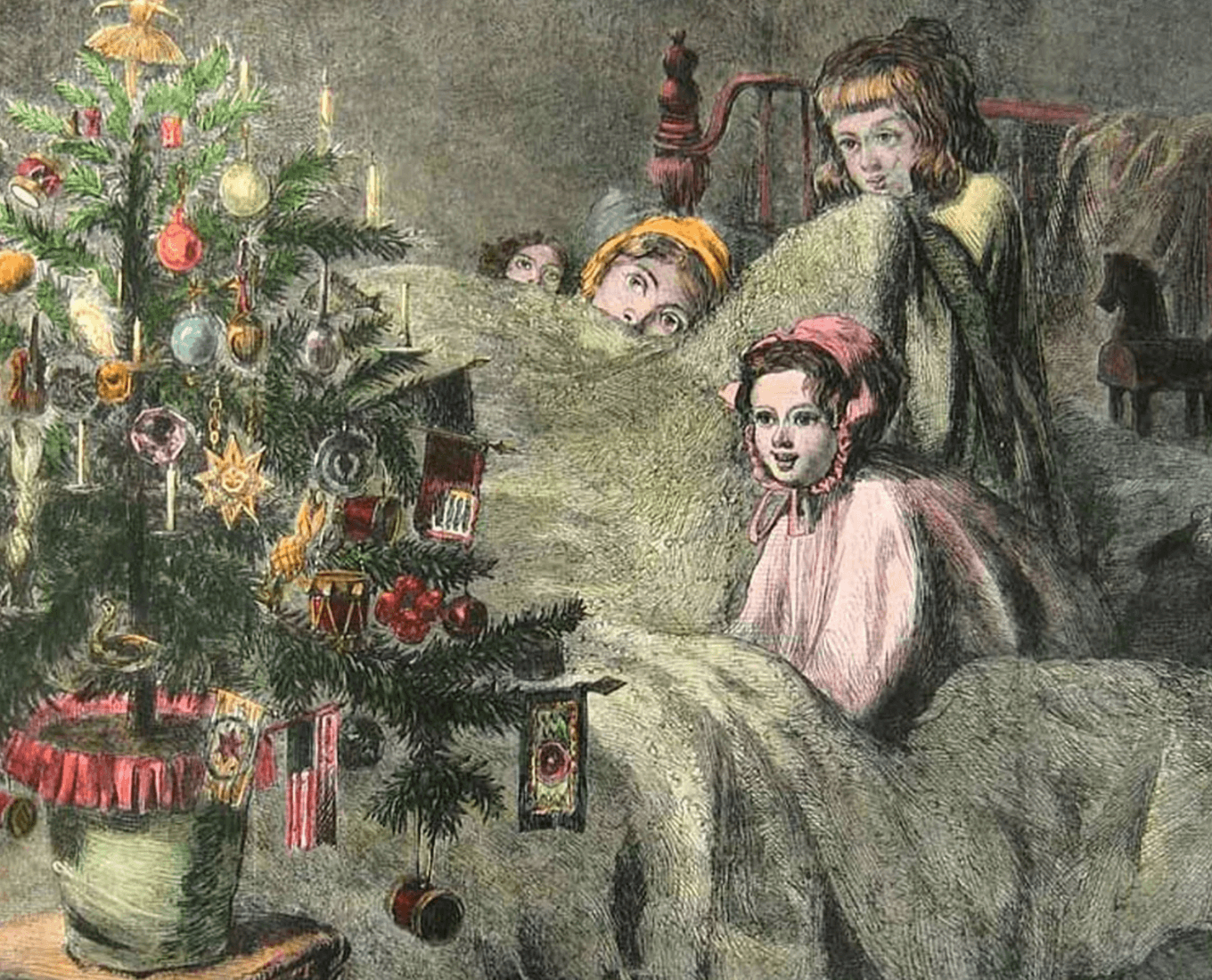Getting her finger caught in a door hinge as a child left a mark on Khushi Patel ’25 in more ways than one.
There’s the scar on her right index finger. But, more importantly, it inspired a deep passion and drive to become a doctor, just like the one who stitched her up.
She recalled how vividly she remembers that day – the friendly nurses and doctors, “Snow White” playing on the television. It wasn’t scary or traumatic. It was the day she knew what she wanted to do with her life.
“I see all the doctors and nurses and they’re just working with different patients, running around and everything, and when they get to me, I’m still not crying,” Patel said. “My mom tells me this every time, ‘I was in shock, I had tears in my eyes, but you didn’t shed a single tear!’”
That day led Patel to pursue the sciences first in high school, where she focused on health services and became a certified nursing assistant, to Holy Cross, where she was a biology major and neuroscience minor. While a student at Holy Cross, her experiences shadowing physicians, first as a medical scribe in the emergency department at UMass Memorial Medical Center in Worcester and then as a clinical research intern in the Department of Pediatrics at UMass Chan Medical School, confirmed what she’s known since she was 5 years old.
“Whenever I do have a shadowing experience, I ask myself, ‘Do I see myself doing this five days a week?’ Yes, I do. This is perfect for me,” Patel said.
Breakthrough research
But Patel’s ambitions don’t stop at earning her M.D. She also wants to pursue a Ph.D., thanks to the four years she spent working in Associate Professor of Biology Michelle Mondoux’s research lab.
Patel first joined Mondoux’s lab as a Seelos STEM Scholar, a program that provides science research and lab opportunities to select first-year students. She continued in the lab through funding from the J.D. Power Center Research Associates program and later for academic credit, adding up to a unique opportunity in which she spent all four years in the same lab.
Mondoux’s lab investigates the effects of sugar on cells – why cells from many organisms, including humans, need sugar to survive and how too much has a negative impact – using a microscopic worm called C. elegans, which process sugar by similar mechanisms as humans. Patel specifically examined the correlation between high sugar diets and infertility, and what sugar does to cells that decreases fertility in organisms – a problem Mondoux’s lab has been researching for 15 years. Thanks to the earlier work of Amanda Engstrom ’12 and other students working with Mondoux, the lab found evidence that sugar was killing egg cells, a phenomenon called apoptosis, or programmed cell death. Patel figured out how to look for that phenomenon under the microscope, using a technique that existed in the field but to that point had not been successful in Mondoux’s lab.
“She managed to get that experiment to work, and she actually showed under the microscope that when you feed the worms a high sugar diet, the number of cells that are dying by programmed cell death goes up and you can actually count them under the microscope,” Mondoux said. “That alone would have been a big accomplishment for an undergraduate research project, but it was just the beginning of what Khushi was able to accomplish.”
These findings have implications not only for cell biology and the understanding of programmed cell death, but also for human health in the realm of infertility and beyond. “We are so much closer to understanding this phenomenon than we were when she started in the lab,” Mondoux added.
‘You’re Wrong More Times Than You’re Right’
That breakthrough, made during Patel’s junior year, was just the beginning. She continued her work on the effects of high sugar diets on fertility, as well as sharing her work at various conferences such as the National Collegiate Research Conference at Harvard University and the Boston Area Worm Meeting, where she presented – and received feedback from – New England area C. elegans researchers, including Victor Ambros, just three weeks before he won the Nobel Prize in physiology or medicine.
For her senior thesis, Patel deepened her work on the correlation between a particular sugar – glucose – and infertility. She investigated whether an increase in glycogen – a carbohydrate made of glucose – increases apoptosis and, therefore, is the reason that an increase in glucose decreases fertility.
“We were trying to see if increased glycogen can lead to decreased fertility without a high glucose diet, because that would differentiate if there’s any other effects of a high glucose diet,” Patel explained. “But we had to figure out a way to increase glycogen.”


